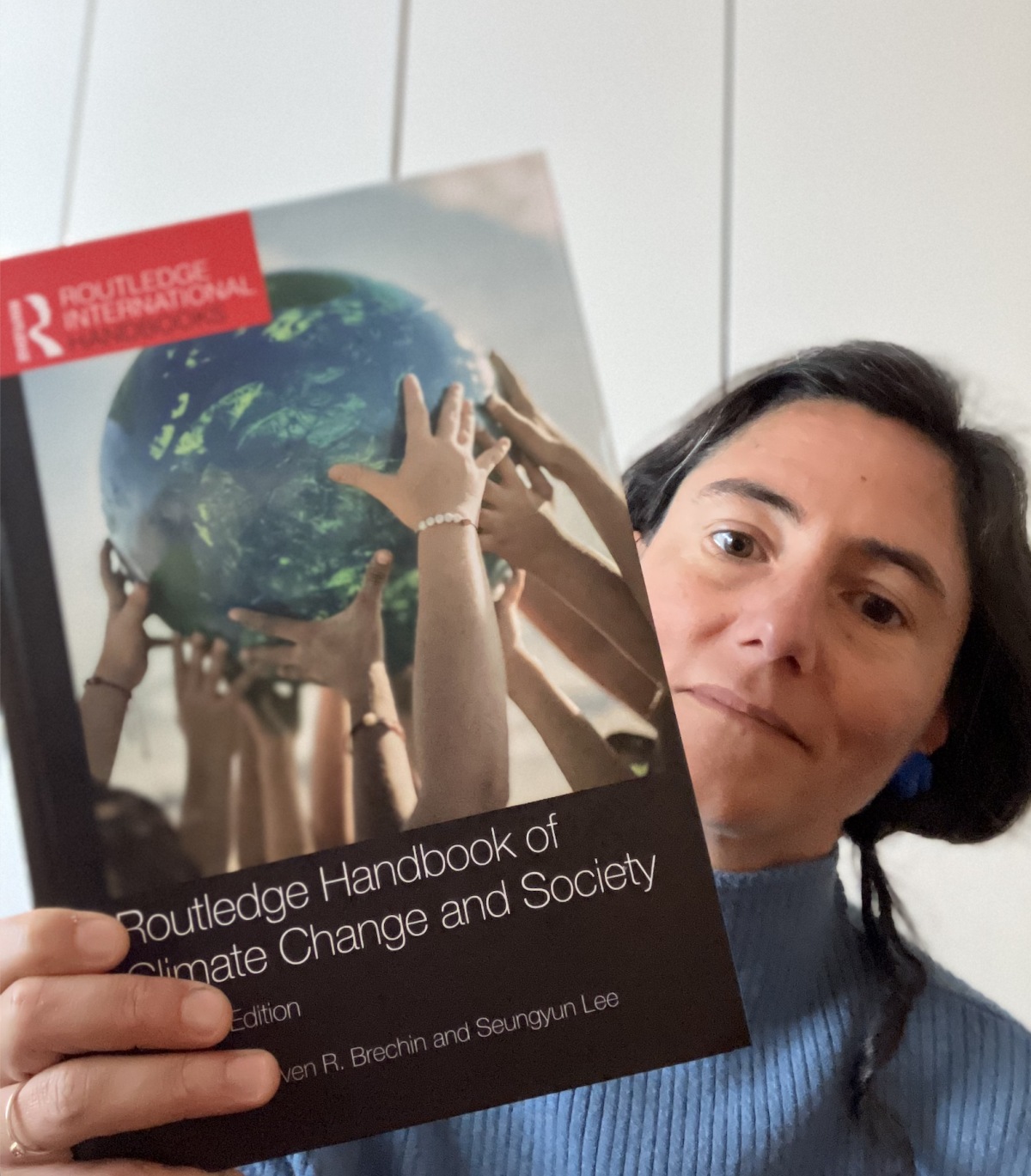The environmental impact of product lifetime extension: a literature review and research agenda
Authors: Irene Maldini, Ingun Grimstad Klepp & Kirsi Laitala
Abstract
Consumer goods environmental policy is increasingly focusing on product durability and product lifetime extension (PLE) to reduce their impact. Given the growing societal relevance of PLE, this review investigates the discourse about its environmental effects, and the empirical knowledge that substantiates this discourse. One hundred and nine relevant articles were selected from 388 distinctive records identified in two databases, Scopus and Web of Science. The statements about the environmental effects of PLE in these publications were extracted and analysed, and a detailed process of backward citation tracking was followed to identify the empirical base substantiating these statements, leading to 85 additional publications that were included in further analyses.
The findings show that the main environmental benefits expected from PLE are related to reductions in the volume of goods produced, which result from expected reductions in demand due to delayed product replacement. However, this reasoning is based on two under-researched assumptions about consumer and industry behaviours: that the demand for new products is driven by replacement, and that decisions on production volumes in the industry are driven by consumer demand. The empirical base in the field is dominated by quantitative assessments that reproduce these assumptions rather than studying them. The findings from a handful of field studies that investigate the presumed behaviour, question that it applies. Therefore, a research agenda is proposed to better understand the relations between product lifetimes and material flows and the influence of consumer and industry behaviour over them. Moreover, given the current gap between the durability discourse and the empirical knowledge that would be needed to substantiate it, recommendations are made for academics, policy makers, advocacy groups, and businesses environmental strategists to moderate their expectations from product longevity measures.
